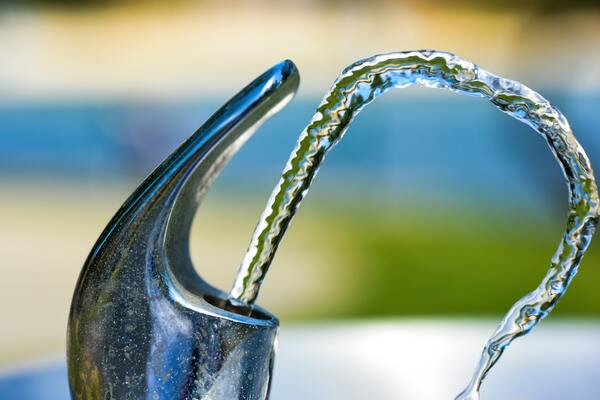Access to public parks, drinking fountains, and clean public drinking water in the Bay Area is not driven by income
(1) The Bay School of San Francisco, San Francisco, California, (2) University of California, Berkeley
https://doi.org/10.59720/20-175
Access to green space—an area of grass, trees, or other vegetation set apart for recreational or aesthetic purposes in an urban environment—and clean drinking water can be unequally distributed in urban spaces, which are often associated with income inequality. Little is known about public drinking water and green space inequities in the Bay Area. For our study, we sought to understand how public park access, drinking fountain access, and the quality of public drinking water differ across income brackets in the Bay Area. We hypothesized that there would be a significant positive correlation between income and the number of drinking fountains, the number of parks, and drinking fountain water quality. For each Bay Area sub-region, we analyzed water samples from four drinking fountains from four different ZIP codes, and recorded the number of parks and fountains in relation to income for eight different ZIP codes. On a large scale, water quality, determined by presence of chemical compounds and other contaminants, was generally high, and there was no significant relationship between income and fountain access, and income and fountain water quality. Though we observed smaller-scale instances of inequalities, in the park distribution in the Bay Area as a whole, and in the Southern Bay’s water quality and park distribution, our results indicate that other factors could be influencing water quality, and park and fountain access in the Bay Area.
This article has been tagged with: